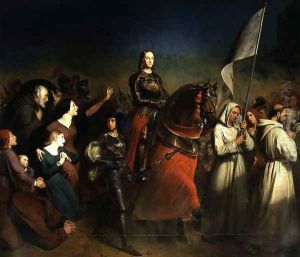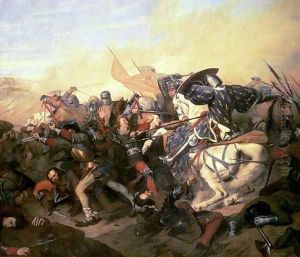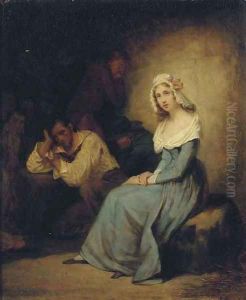Henry Scheffer Paintings
Henry Scheffer was a Dutch-born French Romantic painter who had a significant impact on the art scene in 19th-century France. Born on September 27, 1798, in The Hague, Netherlands, Scheffer moved to France at a young age and became part of a family that would produce several notable artists, including his brother Ary Scheffer, who was also a prominent painter of the era.
Henry Scheffer's early years in the art world were influenced by his studies under prominent artists such as Guillaume Guillon Lethière and Pierre-Narcisse Guérin, both of whom were influential in the French neoclassical movement. Scheffer's style, however, leaned more towards Romanticism, a movement that emphasized emotion, individualism, and the glorification of the past and nature, reacting against the Industrial Revolution and the aristocratic social and political norms of the Age of Enlightenment.
Throughout his career, Scheffer received various commissions and exhibited his works at the Salon, the official art exhibition of the Académie des Beaux-Arts in Paris. His paintings often depicted historical scenes, religious themes, and portraits. As an artist, he was known for his skillful use of color and the ability to convey deep emotions. Despite being overshadowed by his brother Ary, who was more famous during their lifetimes, Henry Scheffer played a significant role in the Parisian art community.
Scheffer's work was part of the painting event in the art competition at the 1948 Summer Olympics. Henry Scheffer passed away on March 15, 1862, in Paris, France. His legacy, like that of many artists of his time, has been reassessed over time, and his contributions to French Romantic painting continue to be recognized by art historians and enthusiasts.


